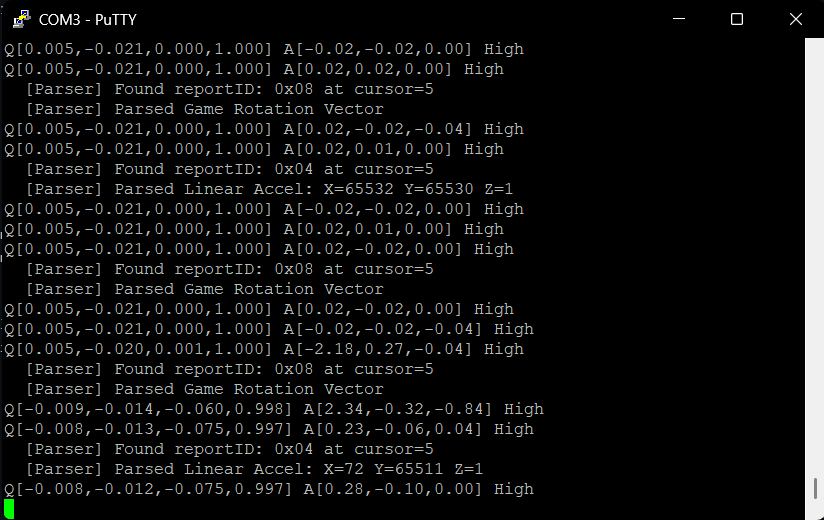Autonomous Parafoil Guidance & Control System
A GNC system for precision payload recovery.
Project Overview
This is a work-in-progress project to design, build, and validate a prototype autonomous parafoil guidance system. The primary objective is to land a 5kg payload within a designated target area from a release altitude of at least 50 feet. This system aims to provide a low-cost, reliable solution for recovering high-altitude payloads like scientific instruments and CubeSats.
The system consists of an Airborne Guidance Unit (AGU) and a Ground Control Station (GCS). The AGU uses an integrated sensor suite and a sophisticated Guidance, Navigation, and Control (GNC) architecture to steer the parafoil to a precise landing zone.

The current breadboard prototype, featuring the STM32 development board and the 9-axis IMU.
System Architecture

High-level diagram showing the interaction between the on-board components (PCB) and the ground Base Station.
Key Features
Sensor Fusion
An Extended Kalman Filter (EKF) fuses data from a 9-axis IMU and GPS for accurate state estimation.
Real-Time Control
FreeRTOS is used to manage sensor data acquisition, state estimation, and control loops concurrently.
Embedded Hardware
The system is built around an STM32 microcontroller, controlling servo actuators to steer the parafoil.
Technical Implementation
GNC Architecture
The core of the autonomous capability lies in the Guidance, Navigation, and Control (GNC) architecture. The system uses an Extended Kalman Filter (EKF) to fuse high-frequency data from the IMU (accelerometer, gyroscope) with absolute position data from the GPS. This provides a robust and drift-free state estimate that is critical for the guidance algorithm.
I've successfully established communication with the IMU, which is now streaming quaternion and linear acceleration data over the COM port, as shown in the adjacent image. This data is foundational for the state estimation.
Future Work: PCB Design
The next major step is to design a custom PCB to integrate all the components. This will move the project from a breadboard prototype to a compact, flight-ready system suitable for deployment and field testing.

Live IMU data streaming from the device, showing quaternion (Q) and linear acceleration (A) vectors.